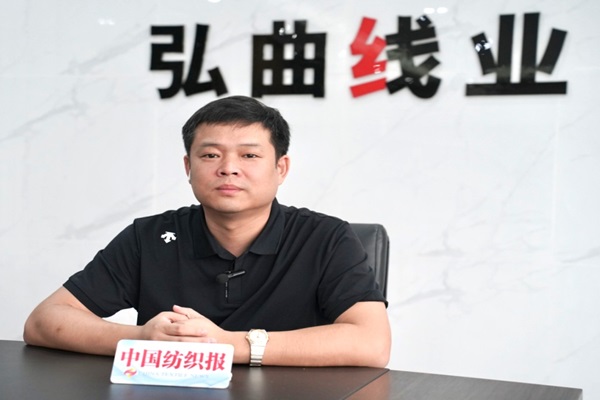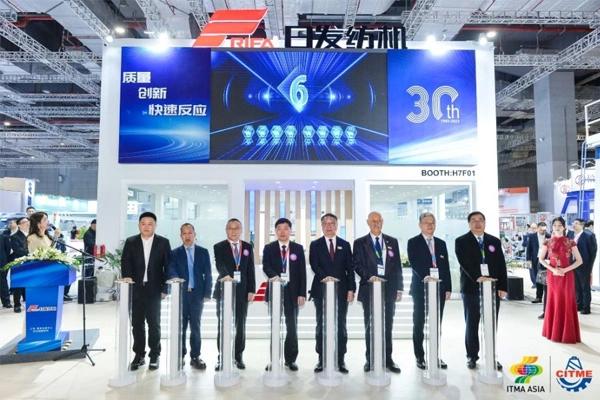En
Rapier Weaving Machines are the most widely used shuttleless looms. In addition to possessing the characteristics of high speed, high automation, and high efficiency production of shuttleless looms, their active weft insertion method has strong adaptability in handling various types of yarn. Moreover, Rapier Weaving Machines have significant advantages in multi-color weft weaving, capable of producing color-woven products with up to 16 colors of weft yarn. As shuttleless looms replace shuttle looms, Rapier Weaving Machines will become the main production machine for woven fabrics.
The weft insertion method of rapier weaving loom involves the reciprocating movement of the rapier to either insert or clamp the weft yarn, guiding it from the fixed bobbin outside the machine into the warp shed.
When weaving fabrics with highly twisted weft yarns, it can prevent the weft yarns from untwisting and forming defects such as weft shrinkage marks on the fabric.
The rapier heads of most Rapier Weaving Machines have strong versatility, accommodating weft yarns of various raw materials, different thicknesses, and cross-sectional shapes without the need to change the rapier head.
Due to their excellent weft yarn gripping and low tension weft insertion, rapier looms are also widely used in the weaving production of natural fibers, synthetic fibers, and pile fabrics.
Rapier Weaving Machines have an extremely strong weft color selection function, allowing for easy 8-color random weft change, with a maximum of up to 16 colors. The weft selection movement does not affect the loom's operating speed at all. Therefore, they are suitable for multi-color weft weaving and have been widely used in the processing of decorative fabrics, woolen fabrics, and cotton-like color-woven fabrics, meeting the production characteristics of small batches and numerous varieties.
Double-layer Rapier Weaving Machines are suitable for the production of double-layer fabrics. They not only have a high weft insertion rate but also produce pile fabrics with a good feel and appearance, free from back-weft defects, making them suitable for processing long pile fabrics, cotton pile fabrics, natural silk, synthetic silk velvets, and carpets.
In the field of industrial textile production, such as the weaving and processing of technical fabrics made from glass fibers and some high-performance fibers, rigid Rapier Weaving Machines are used.


